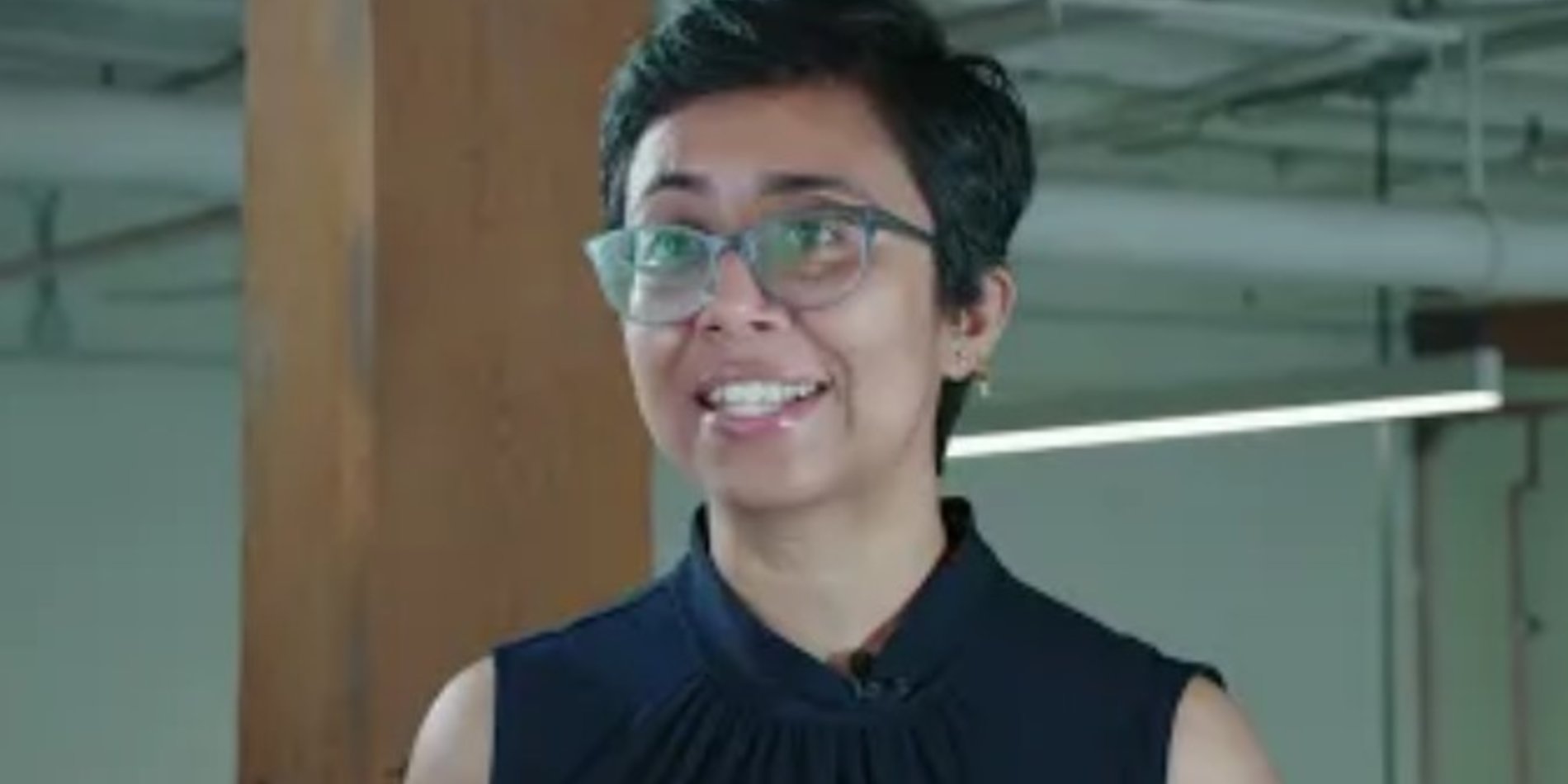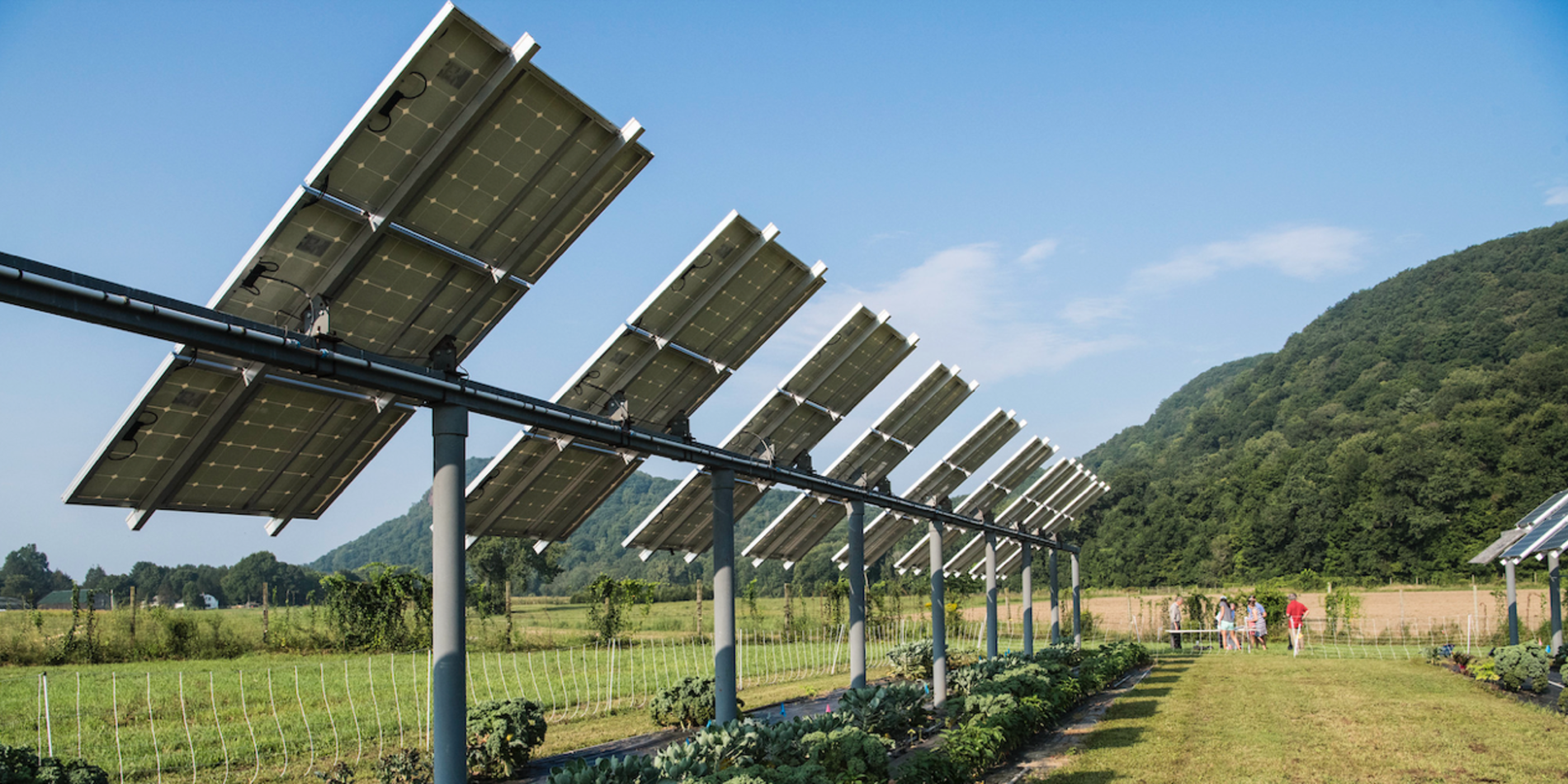The Last Frontier of Energy Efficiency
The world feels more futuristic by the day. From self-driving cars, to burritos delivered by drones, to buildings that have doors, lights, and faucets that respond to your presence by automatically turning on and off, it would be easy to assume that modern architecture is in a constant state of progress.
For the most part, it is. Over the past decade, building managers and environmental specialists have steadily decreased the energy use of large institutions—with one notable exception.
“Plug loads are the last frontier of energy efficiency,” says Jennifer Tsau, Civil Engineering, Atmosphere/Energy, MS ’15, co-founder and CEO of the venture Keewi. Plug loads refer to the amount of electricity drawn from a wall outlet, and it’s a prime opportunity for greater savings. “It’s where lighting was five years ago,” she says.
As people own more devices than ever before—from cell phones, to iPads, to laptops—plug loads are the one category of energy use in buildings that is steadily increasing. According to the Energy Information Administration, it can account for as much as 40 to 60 percent of the electricity used by commercial buildings, and very little is known about where it all goes. For some of Keewi’s early clients such as San Francisco International Airport (SFO), Stanford University, and Levi’s Stadium, the energy bills are as high as $4 million per month, and building managers may have only three lines of data explaining how that electricity is used.
That’s where Keewi comes in. Co-founder Hedi Razavi, Bioengineering, MS ’07, PhD ’11, explains that in most buildings, wall outlets operate like a garden hose that has been left on and runs all day and night, with electricity spilling over needlessly and carelessly. Keewi provides a nozzle for the hose.
By installing Keewi’s smart outlet control system, building managers can view the usage data from each outlet as it transmits wirelessly to a cloud-based dashboard, giving them a more immediate and detailed picture of their energy consumption as a whole. Just as importantly, the outlets can be programmed to turn off as needed—say, when an office shuts down at 7 p.m. Vending machines and other “energy vampires” no longer need to remain turned on in a locked building.
“Putting that gateway in place reduces wasted electricity,” Razavi says.
The savings can be substantial. Based on pilot studies at SFO, Stanford University, and Levi’s Stadium, the duo estimates their clients can save 20 to 90 percent of their plug loads, depending on the type of building.
The name Keewi evokes the pristine greenness of New Zealand, a place where both founders have traveled extensively. In 2015, they met at a mixer hosted by Stanford’s StartX Accelerator Program—sort of a speed-dating event for aspiring entrepreneurs—and discovered that they shared mutual interests in not only entrepreneurship but also in science and technology. They decided to work together, uncertain what innovation they would pursue, but with a commitment to ask good questions and solve important problems.
Razavi had been a scientist at St. Jude Medical in San Francisco and Germany, and during her time overseas, she observed her German colleagues religiously turning off medical equipment when it was not in use. Soon she developed her own interest in modifying behavior for greater energy conservation. Tsau spent her undergraduate years studying plug loads and later working for NASA and Northrop Grumman. As they interviewed prospective clients about their concept for smart outlets, they quickly realized that they had found their big, juicy problem.
While their initial plan had been to build the smart outlets themselves—from scratch—they soon learned why many entrepreneurs and investors euphemistically call hardware startups “capital intensive.” After three months of trial and error, and realizing that their main value was in engaging occupants and monitoring electricity, they decided to change course and instead adapt existing hardware for their needs.
They call it the best decision their company has made to date. The Innovation Transfer Grant from the TomKat Center for Sustainable Energy allowed them to pursue their original plan and still have the nimbleness to course correct when they realized it wasn’t viable.
“If we trace the stepping stones of where we are now, the TomKat Center grant was the start,” says Tsau.
Now two years later, Keewi is in use in 20 buildings and the technology has already saved the greenhouse gas emissions equivalent to driving 500,000 miles in a car.
Razavi says it’s been gratifying to push the edge of energy efficiency. “Every day we learn something new.”
Adds Tsau: “We feel like we’re helping to pave the way.”




